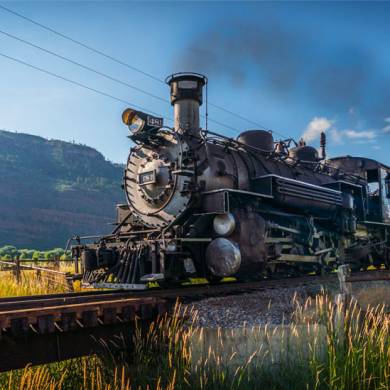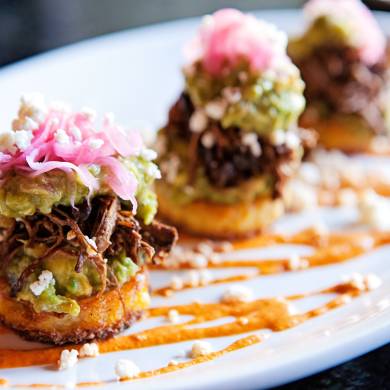San Juan National Forest
The San Juan National Forest covers over 1,800,000 acres of mostly untouched wilderness area in Southwest Colorado.
The San Juan National Forest was created in 1905 by Theodore Roosevelt and has since been managed by the US Forest Service to help protect the lands and prevent natural disasters like forest fires.
Over its large area, the San Juan National Forest is home to four separate wilderness areas of closely protected grounds. Each area is home to many varieties of flora and fauna that thrive in areas mostly undeveloped and untouched by humankind.
These natural lands are a beautiful sight to both the educated explorer and the layman seeking a break from the rest of the world.
Outside of the wilderness zones, the San Juan National Forest is made up of mostly public lands, which makes camping pretty much anywhere possible, even outside of designated campgrounds.
If you're not looking for an overnight trip, the San Juan National Forest is also open to exploration so long as you respect its protected status.
Things to Do in the San Juan National Forest
Hiking
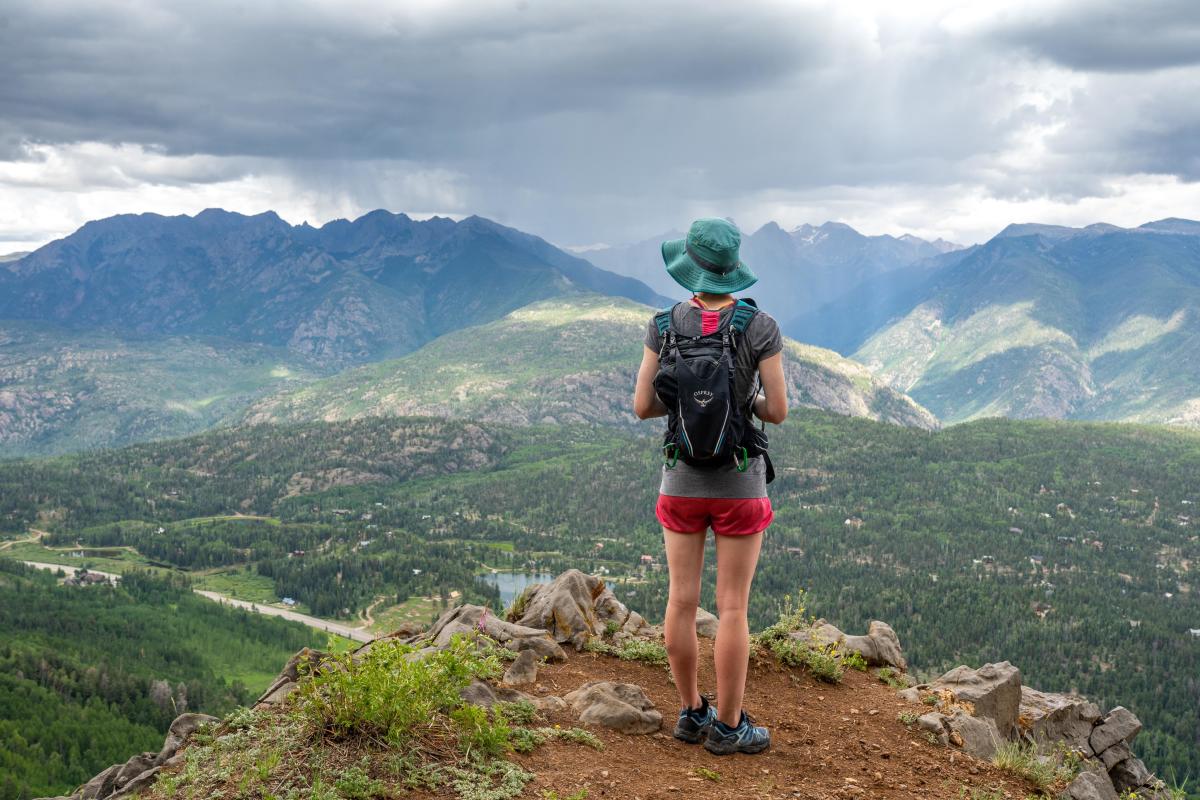
With hundreds of trails covering nearly as many miles, the San Juan National Forest is a fantastic destination for any hiker. Either a day trip or a multi-day backpacking hike, you have options ranging from the Colorado Trail to smaller local trails giving a new experience with each one.
Backpacking
With the Colorado Trail passing through as well as many multi-day trails available to the avid hiker in the San Juan National Forest it is one of the best locations for backpacking around the state.
For safety, enter fully prepared beforehand because getting anything else while on the trail is rather difficult.
Mountain Biking and Gravel Biking
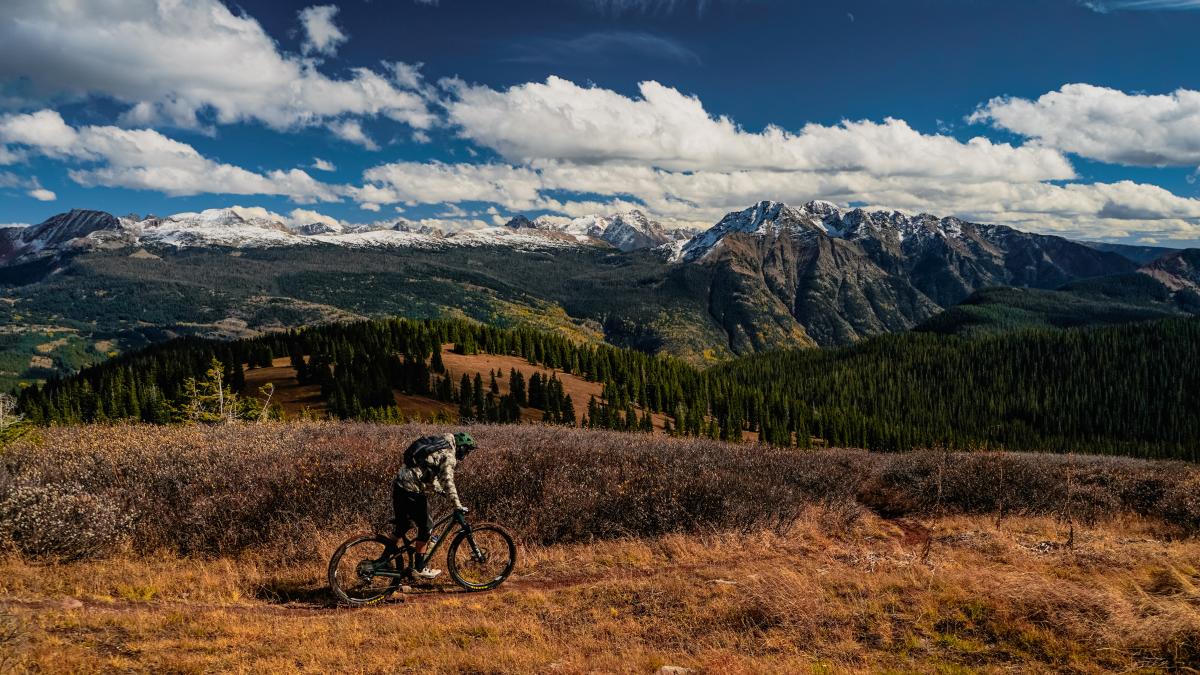
If you're looking for a more exciting and unique way to experience the woods, mountain biking or gravel biking is a great way to go, and there are a variety of bike-friendly paths and Forest Service roads available to mountain bikers and gravel bikers, experienced or new.
Bring proper safety equipment, including helmets, both mountain biking, and gravel biking can be dangerous even for experts.
Dispersed Camping
Because the San Juan National Forest is mostly public lands managed by the US Forest Service, dispersed camping is available in a good portion of the forest.
Dispersed camping is essentially camping outside of any designated campground, you find a spot and set up there without paying or a permit, but there is not easy access to toilets or drinkable water, or other campground conveniences. So pack what you need and bring it inside and out of the campsite.
Hunting
There is a wide variety of game available in the San Juan National Forest makes it a great hunting ground for those seeking either food or trophies. There is a variety of big game and game birds ranging from grouse to mountain goats.
All hunters must have valid licenses and permits.
Fishing
With such a wide coverage area the San Juan National Forest has multiple water sources, including lakes, rivers, and ponds. Many of them are teeming with a wide variety of fish nearly begging to be snapped up by a fisherman. Valid Colorado fishing licenses are required for any fishing in the San Juan National Forest area.
OHV or Off-Roading
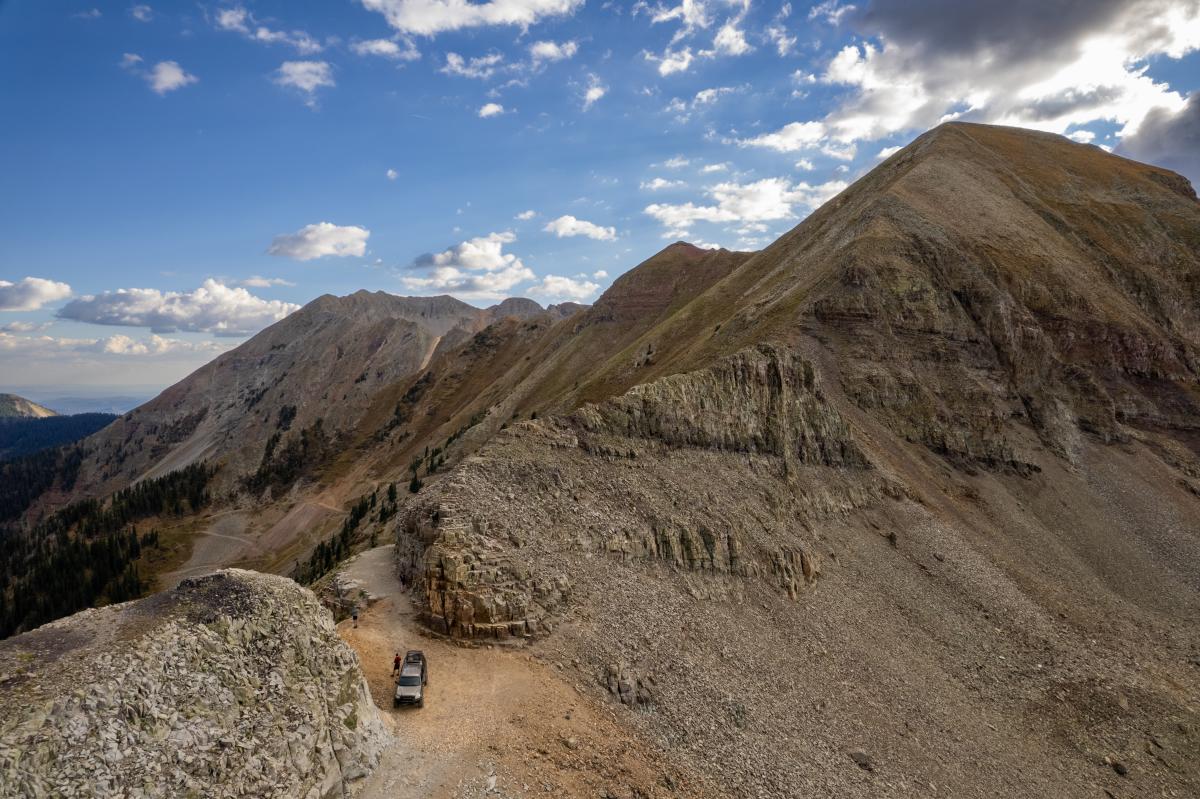
If you're looking for a more rugged outdoor experience without all the muscle strain that hiking or biking may cause, there are designated trails for OHVs or Off-Highway Vehicles.
OHVs can let you venture further and sometimes faster than by foot or bike giving you a better chance to see some of the natural beauty of the San Juan National Forest.
Both in and out-of-state OHVs must have proper permits and registration.
Mushroom Foraging or Hunting

Whether it's for food or just finding something interesting to look at, mushroom foraging or hunting at the San Juan National Forest is one of the most unique experiences to be found in the area.
There is a wide variety of fantastic-looking fungi out in the deep woods of the forest.
Many of them are poisonous, so do not consume any mushrooms without proper identification and an experienced guide.
Climbing
Whatever your expertise level is, there are plenty of summits, boulders, and trees to climb at the San Juan National Forest.
From simple boulders with plenty of handholds to incredibly technical challenging ice walls as your experience improves, you can up your climbing game all over the forest.
Maps and Site Resources
Travel Tips for San Juan National Forest
-
The San Juan National Forest doesn't have convenient access to a lot of things like food and drinkable water. Bring anything you might need with you.
-
Respect the Forest Service rules and regulations to protect yourself, fellow visitors, and wildlife.
-
Pack out everything you pack in.
-
Stick to designated trails and paths if you don't know where you are going. The forest is large, and it is easy to get lost.
-
Pick up the required permits for activities that need them, like fishing, hunting, and using OHVs.
-
Watch out for wildlife and respect their space as well as that of your fellow visitors.
Accessibility Information
-
Because this is a vast tract of land, accessibility will depend what area you are going to.
-
Some areas are accessible like Andrews Lake
-
Some areas there are no accessible developments
-
Talking to locals or internet research is highly encouraged
Care for Durango
-
Cleanup any trash you see.
-
Speak up when you see something that could harm the lake or its environment.
-
Practice Leave No Trace Principles
-
do not play loud music over a bluetooth speaker.
-
stay on designated Trails
-
Look up Fire Bans and Restrictions if you plan to have a campfire
-
Look up the avalanche forecast on the Colorado Avalanche Information Center’s website if adventuring in the winter.
